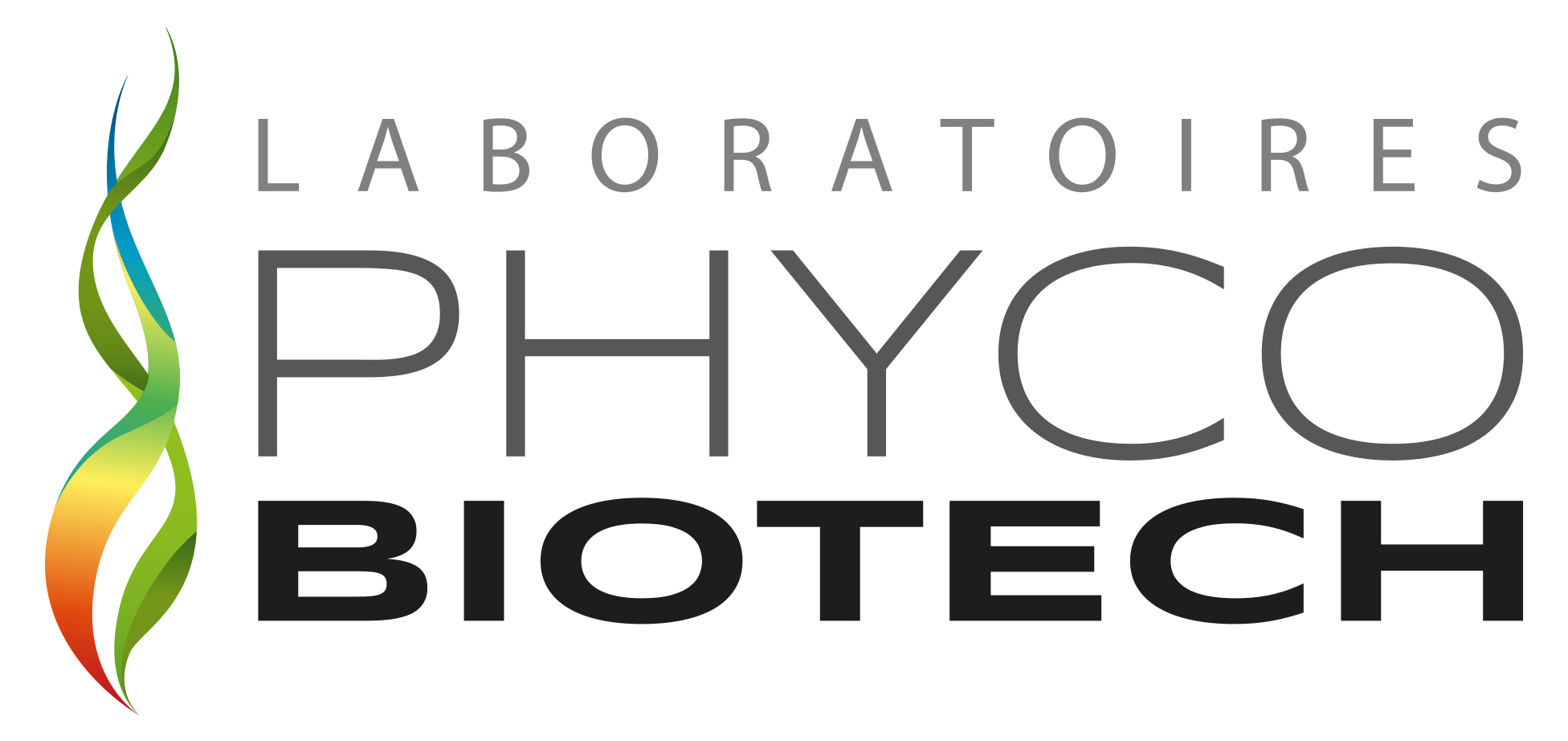ABSTRACT
It was previously found that the bioavailability of Se from Se-rich spirulina (SeSp) was lower thanthat from selenite or selenomethionine when fed to Se-deficient rats. The present study examined the bioavailability of Se from SeSp subfractions: a pellet (P) issuing from the centrifugation of a suspension of broken SeSp and a retentate (R) resulting from ultrafiltration of the supernatant through a 30 kDa exclusion membrane. Animals were fed a torula yeast based diet with no Se (deficients) orsupplemented with 75Ìg of Se/kg of diet as sodium selenite (controls) for 42 days. Se-deficient rats were then repleted for 56 days with Se (75Ìg/kg of diet) supplied as sodium selenite, SeSp, P, orR. During this period, controls continued to receive sodium selenite. Speciation of Se in subfractions showed that the majority was present in the form of high molecular weight compounds; free selenomethionine was only a minor constituent. Gross absorption of Se from sodium selenite, P,and R was not different and was higher than from SeSp. Only retentate allowed full replenishment of Se concentration in liver and kidney (as did sodium selenite) and glutathione peroxidase (GSHPx) activity in liver, kidney, plasma, and erythrocytes. The bioavailabilities of Se in retentate, as assessed by slope ratio analysis using selenite as a reference Se, were 89 and 112% in the tissue Se contentand 106-133% in the GSHPx activities. SeSp and P exhibited a gross bioavailability of <100%.These results indicate that Se in retentate is highly bioavailable and represents an interesting source of Se for food supplementation.

Commentaires fermés